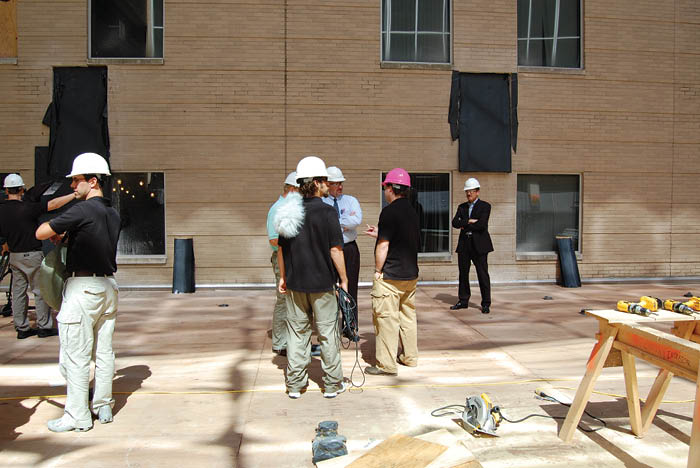Researchers study hospital construction training requirements

The study covers hospital construction training.
Image courtesy of ASHE
A recent study on health care-specific construction safety training to minimize contamination found inconsistencies in the level and frequency of training required by health care facility owners.
The study, “Renovation in hospitals: Training construction crews to work in health care facilities,” recently published by the American Journal of Infection Control, surveyed a total of 129 respondents working in various roles at the top 15 U.S. health care contractor firms.
The researchers set out to gather information on the level of training required by health care owners, as well as how often the training was conducted and whether or not the project type (such as renovations in areas with immunocompromised patients) played a role.
More than half of the respondents indicated that training is either “often” or “always” required by the project owner. Another point that caught the researchers’ attention was the difference in level of training based on project role.
“Sixty percent of the respondents indicated that project supervision typically received a full day or more of training. Project management and owner personnel also received a high level (amount),” the authors write.
These numbers are contrasted with the level of training required for contractor workers, subcontractor supervisors and subcontractor workers, who receive the lowest level of training, according to respondents. This group typically received one-half day or less of training.
The researchers say that based on the fact that construction craft workers are tasked with the physical work of building or renovating health care facilities, health care owners and the patients they serve would benefit from more consistent infection control training for construction supervisors and craft workers.
Although they do not highlight any specific programs to achieve this goal, the researchers note the field can benefit from programs dedicated to hospital construction worker training, such as the Health Care Physical Environment Worker Certification from the American Society for Health Care Engineering.
“The risk for contamination with health care construction is present and, therefore, it is essential that construction personnel be well-trained to identify and mitigate the risk,” the study researchers write.




